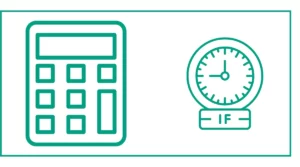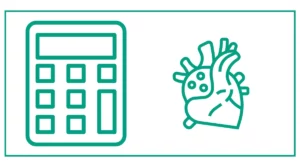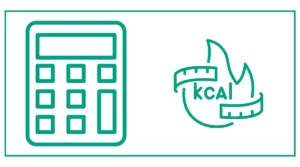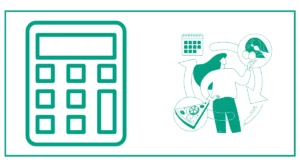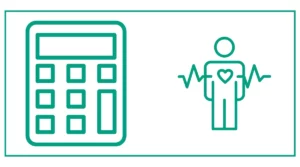Days Supply Calculator
Do you keep forgetting your medicine supply?
Do you always run out of medicines at the wrong time?
The Days Supply calculator helps you calculate how many days your medicines will last and the next refill date.
Select the date when you bought the medicine, enter supply days, drug type (Tablet, capsules, or liquid), the total number of tablets, recommended dosage, and whether the medicine will be taken once, twice, or thrice per day.
You can find most of the information on the prescription page.
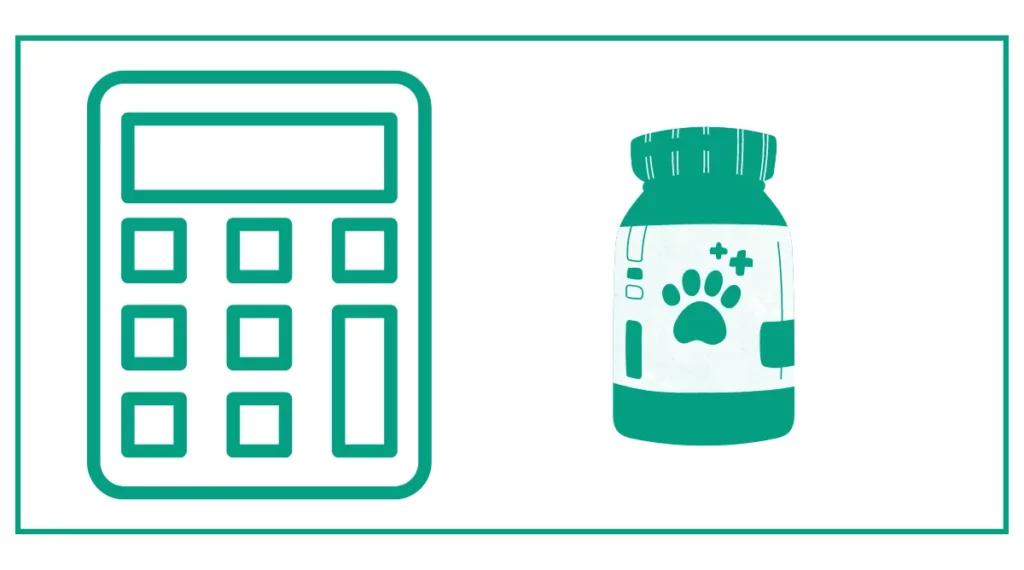
You might want to use the Burce protocol or measure the stroke volume.
In the world of pharmacy and medication management, precision and accuracy are paramount. The Day Supply Calculator is a crucial tool designed to assist pharmacists, pharmacy technicians, and patients in determining the exact duration a prescription will last. This digital tool simplifies the process of calculating medication supply, ensuring that patients always have the right amount of medication on hand.
Understanding the Day Supply Calculator
The Day Supply Calculator is a specialized supply calculator that helps determine how long a prescription will last based on the prescribed dosage and quantity. This tool is essential for both pharmacy professionals and patients, as it helps in managing medication refills efficiently and accurately.
How the Day Supply Calculator Works?
The Day Supply Calculator takes into account several factors to compute the duration of a prescription:
- Quantity: The total number of units (tablets, capsules, or milliliters) dispensed.
- Dosage: The amount of medication to be taken at each dose.
- Frequency: How often the medication should be taken (e.g., once daily, twice daily).
By inputting these details, the calculator will provide the number of days the prescription will last. This calculation is crucial for:
- Determining when a refill will be needed
- Ensuring patients have an adequate supply of medication
- Assisting in proper billing and insurance claims
Benefits of Using a Day Supply Calculator
For Pharmacists and Pharmacy Technicians
- Accuracy in Dispensing: The calculator helps minimize errors in determining the correct quantity to dispense.
- Efficient Refill Management: By knowing the exact day supply, pharmacists can better manage refill schedules.
- Billing Precision: Accurate day supply calculations ensure correct billing for insurance claims.
- Time-Saving: The tool speeds up the process of calculating day supply, especially for complex prescriptions.
For Patients
- Better Medication Management: Patients can easily track when they'll need to refill their prescriptions.
- Reduced Risk of Running Out: Knowing the exact day supply helps prevent unexpected medication shortages.
- Improved Adherence: Clear understanding of medication duration can improve patient compliance with prescribed regimens.
Types of Medications and Their Calculations
Different types of medications may require different approaches to calculating day supply. Let's explore some common scenarios:
Tablets and Capsules
For solid oral medications, the calculation is straightforward:
Day Supply = Total Quantity / (Dosage × Frequency)
Example: If a patient receives 60 tablets, with instructions to take 1 tablet twice daily:
Day Supply = 60 / (1 × 2) = 30 days
Liquid Medications
Liquid medications require an additional step to convert volume to doses:
Day Supply = Total Volume / (Dose Volume × Frequency)
Example: For a 150 mL bottle of liquid medication, with instructions to take 5 mL three times daily:
Day Supply = 150 / (5 × 3) = 10 days
Insulin and Other Injectables
Calculating day supply for insulin can be more complex due to variable dosing. A general formula might be:
Day Supply = Total Units in Vial / Average Daily Units Used
Example: For a 1000-unit vial of insulin, with an average daily use of 50 units:
Day Supply = 1000 / 50 = 20 days
Eye Drops
Eye drop calculations often involve estimating the number of drops per bottle:
Day Supply = (Drops per mL × Total mL) / (Drops per Dose × Frequency)
Example: For a 5 mL bottle with 20 drops per mL, used as 1 drop in each eye twice daily:
Day Supply = (20 × 5) / (2 × 2) = 25 days
Advanced Features of Modern Day Supply Calculators
Many modern day supply calculators come with additional features to enhance their utility:
- Refill Date Prediction: Automatically calculates the date when a refill will be needed.
- Multiple Medication Management: Allows tracking of multiple prescriptions simultaneously.
- Integration with Pharmacy Management Systems: Streamlines the dispensing and billing process.
- Mobile App Versions: Enables on-the-go calculations for both professionals and patients.
Considerations When Using a Day Supply Calculator
While the Day Supply Calculator is a valuable tool, it's important to keep certain factors in mind:
- Prescription Instructions: Always refer to the healthcare provider's specific instructions, which may override standard calculations.
- As-Needed Medications: For medications taken on an as-needed basis, estimations may be necessary.
- Dosage Changes: Be aware of any recent changes in dosage that might affect the calculation.
- Special Instructions: Some medications may have unique administration schedules that require manual adjustment of calculations.
The Role of Day Supply Calculators in Community Pharmacies
In community pharmacies, the Day Supply Calculator plays a crucial role in enhancing service quality and operational efficiency:
- Customer Service: Provides patients with clear information about their medication supply.
- Inventory Management: Helps pharmacies better predict medication demand and manage stock levels.
- Compliance with Regulations: Ensures accurate reporting for controlled substances and other regulated medications.
- Training Tool: Assists in educating new pharmacy technicians about proper supply calculations.
Integrating Day Supply Calculators into Pharmacy Workflow
To maximize the benefits of a Day Supply Calculator, consider the following tips for integration:
- Staff Training: Ensure all pharmacy staff are familiar with the tool and its features.
- Regular Updates: Keep the calculator software updated to ensure accuracy and compliance with current regulations.
- Double-Check System: Implement a system where calculations are verified by a second staff member for added accuracy.
- Patient Education: Use the calculator as a tool to educate patients about their medication regimens.
Future Developments in Day Supply Calculation
As technology continues to advance, we can expect further improvements in day supply calculation tools:
- Artificial Intelligence Integration: AI could provide more accurate predictions for as-needed medications based on patient usage patterns.
- Wearable Device Connectivity: Integration with health tracking devices could provide real-time data on medication usage.
- Automated Refill Systems: Day supply calculators could trigger automated refill processes when supplies are running low.
Conclusion
The Day Supply Calculator is more than just a simple tool—it's a crucial component in the ecosystem of modern pharmacy practice and patient care. By providing accurate, reliable calculations, it helps ensure that patients receive the right amount of medication, pharmacies operate efficiently, and healthcare providers can make informed decisions about prescription management.
For pharmacists and pharmacy technicians, mastering the use of a Day Supply Calculator is essential for providing top-quality care and maintaining operational excellence. For patients, understanding how these calculations work can lead to better medication management and improved health outcomes.
As we continue to see advancements in healthcare technology, tools like the Day Supply Calculator will undoubtedly evolve, offering even more sophisticated features to support the vital work of medication management. Whether you're a healthcare professional or a patient, embracing these tools can lead to more effective, efficient, and safe medication use.

